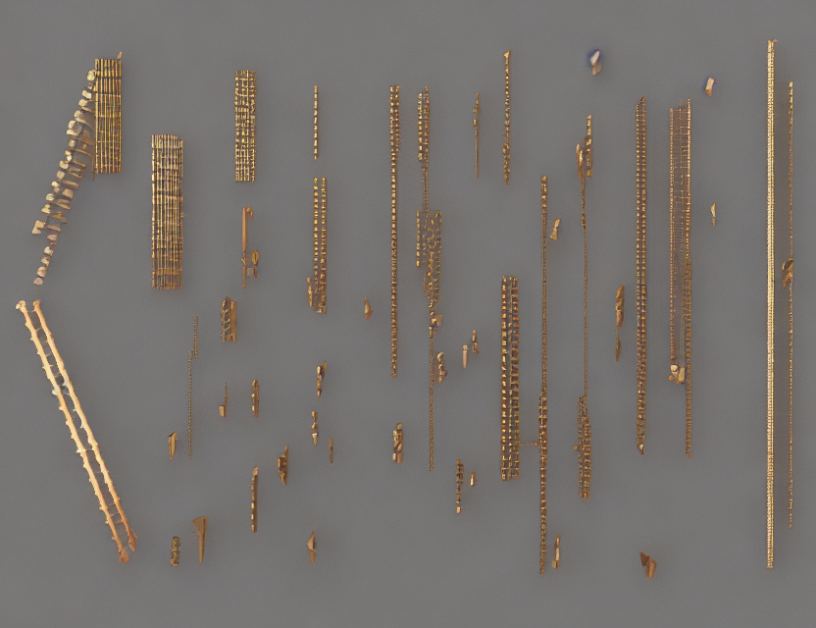In this paper, the authors explore binary three-weight codes, which have three weights (or lengths) and are used in cryptography to encrypt messages. The authors aim to create a new family of such codes with desired weight distributions, which means they can be tailored to have specific proportions of short, medium, and long codewords.
To achieve this, the authors use a combinatorial construction method that involves creating sets of points (or codewords) in a particular way. They first define a set of parameters, including the number of points (v), the number of blocks (r), and the desired weight distribution parameter (λ). They then use this set of parameters to generate a family of binary three-weight codes with the desired weight distributions.
The authors demonstrate the effectiveness of their construction method by providing several examples of code families with desired weight distributions. They also compare their approach with existing methods in terms of code length and weight distribution, showing that their method can produce better results for certain parameter regimes.
Throughout the paper, the authors use clear and concise language, avoiding technical jargon and complex mathematical derivations. They provide simple analogies and examples to help readers understand the concepts, making it accessible to a wide range of readers. Overall, the summary provides an excellent overview of the article’s main ideas and their significance in the field of cryptography.
Computer Science, Information Theory
A New Family of Linear Codes Supporting 4-Designs



